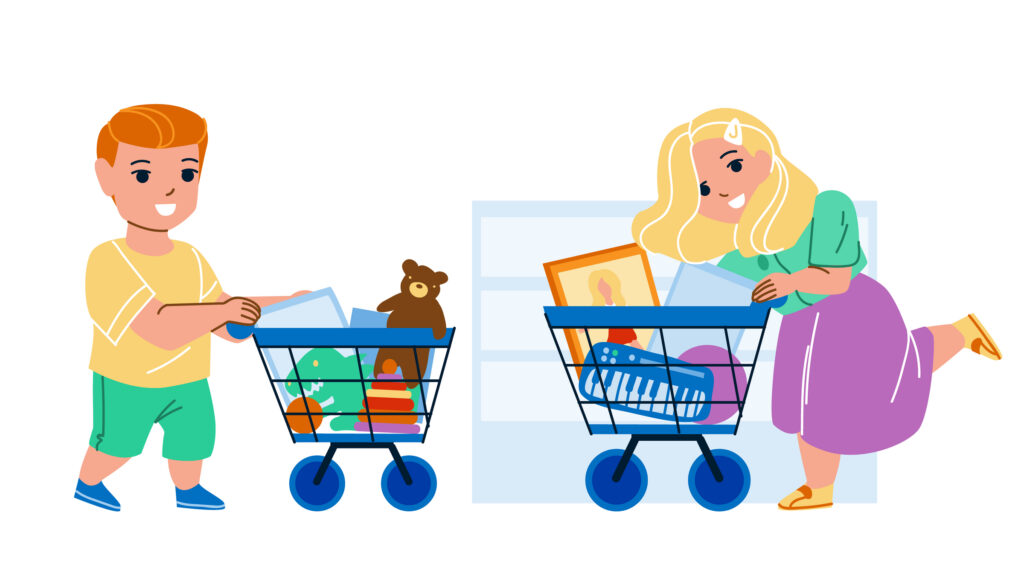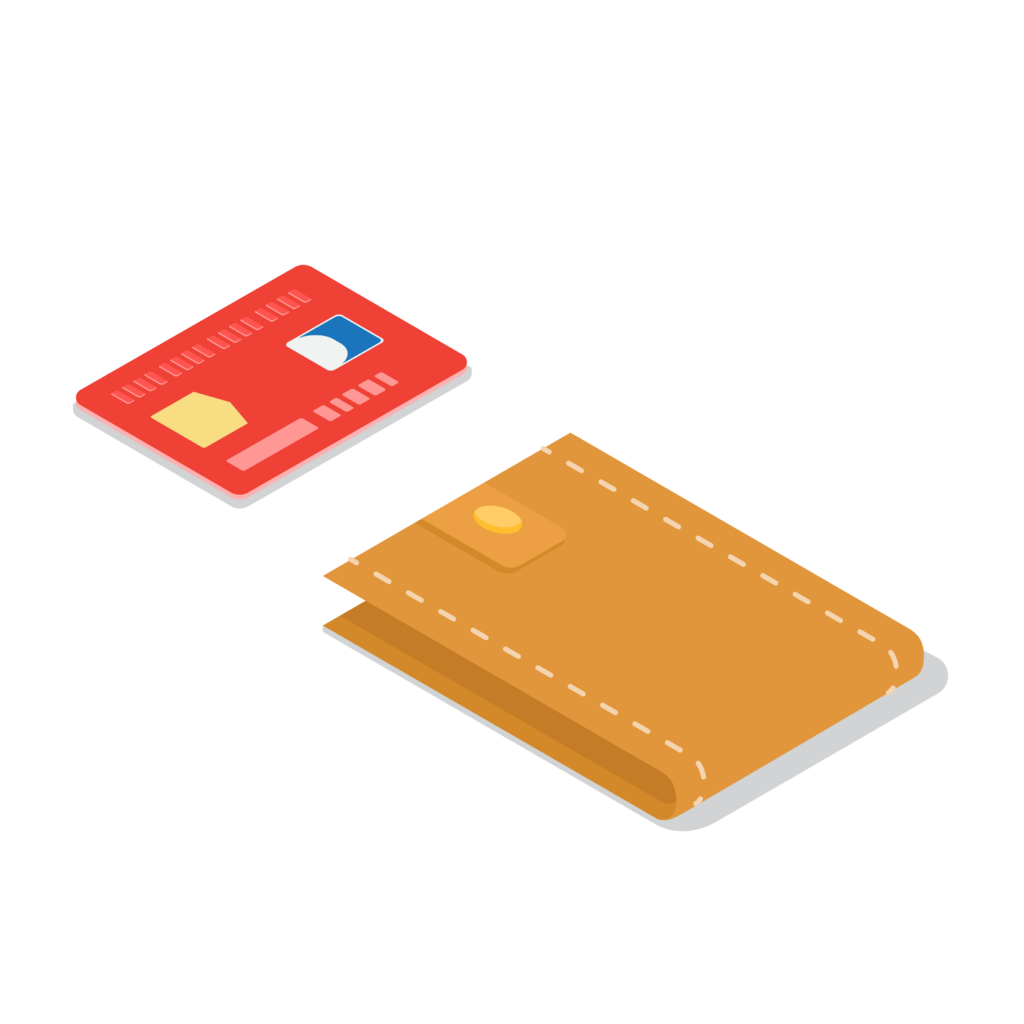
As parents, we all want our children to succeed in life, and one of the most important skills we can teach them is financial literacy. By teaching kids about money, budgeting, and saving, we can help them develop habits that will benefit them for years to come. After all, financial literacy is not only essential for managing personal finances but it is comes in handy when building a strong foundation for future success. But don’t worry, teaching financial literacy doesn’t have to be a chore. In this guide, we will review the importance of teaching financial literacy to kids and provide practical tips to make it fun and engaging.
Why Teach Financial Literacy to Kids?
Teaching kids about money can have a positive impact on their future. Financial literacy can help kids understand the value of money, how to budget, and the risks and rewards of credit. It can also encourage good habits and lead to better decision-making skills, which will benefit them throughout their lives. Additionally, teaching financial literacy early can help prevent financial problems later in life, such as debt and poor credit scores.
Tips:
- Explain to your kids why financial literacy is important
- Make it relatable by using examples they can understand

Encourage Play While Learning
Teaching financial literacy doesn’t have to be dull. In fact, it can be a fun and engaging way to spend time with your kids. One great way to teach young kids about money is through playtime activities. You can set up a pretend store or restaurant and let your kids practice paying for items with play money. As your kids get older, you can introduce more complex concepts like budgeting and saving. Using real-life examples can also help your kids connect what they’re learning to everyday situations.
Tips:
- Use age-appropriate activities to teach financial literacy
- Make it fun by using games and role-playing
Incentivize Saving Habits with Rewards
Saving is a crucial part of financial literacy, and it’s never too early to start teaching kids about it. You can help your kids set up a savings account in their name and encourage them to put a portion of their allowance or earnings into the account each week. To make it more exciting, consider offering to match a portion of what they save. This can help your kids develop good savings habits and teach them about the rewards of saving money.
Tips:
- Set goals and rewards for saving
- Teach your kids how to budget their savings

Teach Kids About Budgeting with Real-World Examples
Budgeting is another essential part of financial literacy. You can help your kids create a budget for their allowance or earnings and encourage them to set aside money for different categories like saving, spending, and donating. You can also teach them the importance of sticking to a budget and making adjustments when necessary. Using visual aids like a pie chart can help your kids understand how to allocate their money.
Tips:
- Involve your kids in budgeting decisions
- Make budgeting a part of your daily routine
Explain Credit in Simple Terms
Credit is a concept that can be difficult for adults to understand, let alone kids. But it’s an essential part of financial literacy. You can teach your kids what credit is and how it works in simple terms. You can also introduce the idea of interest and how it affects borrowing and lending money. Using real-life examples like mortgages or car loans can help your kids understand how credit works.
Tips:
- Use everyday examples to explain credit
- Teach your kids about the consequences of not paying bills on time
Teaching financial literacy is important. By beginning early, using real-life examples, making it fun and engaging, and teaching lessons about saving, budgeting, and credit, we can help children develop lifelong skills that will benefit them for years to come. Remember to be patient and persistent and make financial literacy a part of your daily routine. By providing children with a strong foundation in financial literacy, we can empower them to make informed decisions and achieve financial success. So, start teaching your kids about money today and watch them grow into financially savvy adults!




